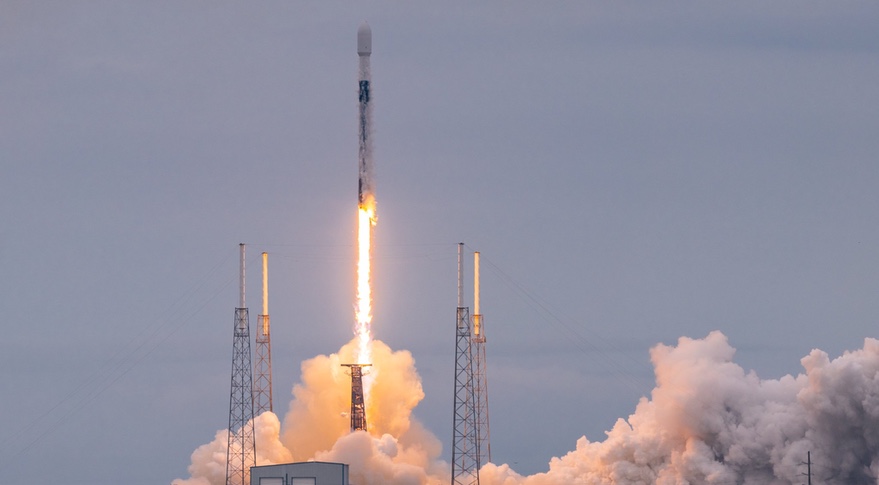Lynk Global is close to completing a ground station in Hawaii as part of plans to connect its growing constellation of small satellites to standard smartphones this spring.
TAMPA, Fla. — Lynk Global is close to completing a ground station in Hawaii as part of plans to connect its growing constellation of small satellites to standard smartphones this spring.
The Ka-band ground station is needed to route cellular signals Lynk’s satellites pick up from low Earth orbit (LEO) back to a mobile operator partner’s terrestrial network.
It is the first of dozens of ground stations the venture plans to deploy worldwide to reduce latency and improve the resiliency of its network, which would enable telcos to keep customers connected outside cellular coverage.
“We’re in the middle of building it and we think we’ll get it built in February and test it out,” Lynk CEO Charles Miller said in an interview, “and that’ll be in line to support our commercial service.”
Lynk currently has three of its pizza-boxed shaped commercial satellites in orbit and has Federal Communications Commission permission to operate 10 of them in LEO.
However, while Lynk has testing licenses in more than 20 countries, the company requires a mobile operator partner to request and secure landing rights from their local regulator before commercial services can start.
And although Lynk has demonstrated satellite links with mobile operators for sending and receiving data, Miller said it still needs to test services across the various interconnections embedded within nationwide telecoms infrastructure.
Demonstrations to date have also been limited to the S-band antennas on Lynk’s satellites while its Ka-band ground station is under construction.
Higher frequency Ka-band spectrum enables faster connections than S-band, Miller said, “but technically it’s the same technology, except it’s a different feeder link.”
Putting aside the potential for technical hiccups with Lynk’s new ground station and interconnection demonstrations, he said the venture is on track to start facilitating text messaging, emergency alerts, and other basic connectivity services commercially from April.
According to Miller, landing rights for mobile operator partners is the easy part.
“We’re confident they’ll get it,” he said, “we’ve been rolling up all this testing data proving we’re doing [this] without causing harmful interference in a country — so it’s just what’s next in line.”
Funding expansion
Virginia-based Lynk hopes to deploy three more satellites in late spring around the time of its planned commercial debut.
Depending on their latitude, Miller said six satellites would be enough for users to send and receive text messages around nine times a day.
Around 300 satellites would enable a continuous service near the Canadian border — needed for supporting voice calls, although this would eat into the network’s capacity for other services — while about 1,000 would be required for a continuous connection near the equator.
SpaceX launched Lynk’s latest two satellites in Jan. 3 with a deployer mechanism the startup developed that it says could deploy six at a time.
Miller said the company is searching for funds to book SpaceX again for its next batch of three satellites.
“If somebody came in quickly and wanted to invest to fund the next three satellites to go from three to six, we’re open to that,” he said, adding that the company is talking “to a few investors” about this.
In parallel, Lynk is “deep in negotiations” with “four major investors” about a much larger funding round.
“Three of these are strategic partners,” Miller said.
Lynk is not the only company seeking a piece of an emerging market that was thrown into the spotlight last year with the launch of Apple’s satellite-enabled iPhone 14.
Some, like Lynk, plan to connect unmodified smartphones already in circulation, while others are developing chipsets for new handset models.
Satellite operator Iridium unveiled its highly anticipated entry into the market Jan. 5 in a partnership with chipmaker Qualcomm. They expect Android smartphones capable of connecting to Iridium’s constellation to be released in the second half of this year.
